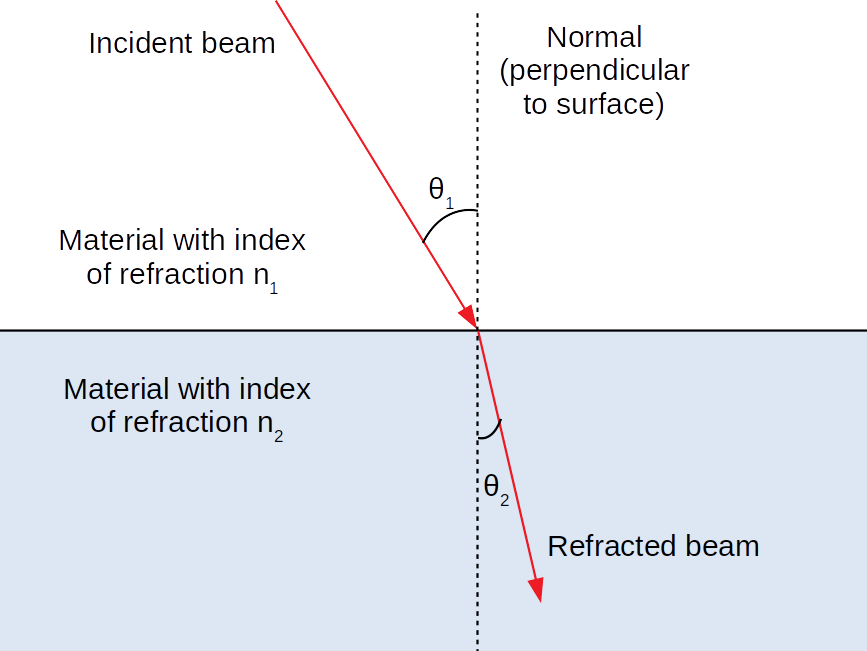


All materials, including worksheets/solutions and activities, are available in Word and PDF formats.Ĭreated by the University of Sydney Physics Education Research group (SUPER) this item is part of a larger collection of activity-based physics tutorials.

Solutions are provided to students as they leave the class, giving them immediate feedback on their ideas. Workshop Tutorials were deliberately designed to not be part of the formal assessment procedure, allowing students to openly discuss problems in physics and explore solutions in a stress-free environment. The tutorials feature thematic workshops across a broad range of topics relating to wave phenomena, types of waves, sound, simple harmonic motion, electromagnetic spectrum, reflection/refraction, lenses, and mirrors. A classic example of refraction is a straw sticking out of a glass of water (see figure). It was designed to be implemented in student-centered cooperative learning environments. in direction refraction, and it is a characteristic of all waves (e.g. we are able to see images in mirrors the light waves are reflected back to our eyes. Experiment with diffraction through elliptical, rectangular, or irregular. This post is all about the reflection and refraction of light. This resource is a set of calculus-based physics tutorials and worksheets on waves and optics, developed for students who have successfully completed a course in high school physics. 7D Investigate behaviors of waves including reflection, refraction, diffraction, interference, resonance, and the Doppler effect. Put up a barrier to explore single-slit diffraction and double-slit interference.


 0 kommentar(er)
0 kommentar(er)
